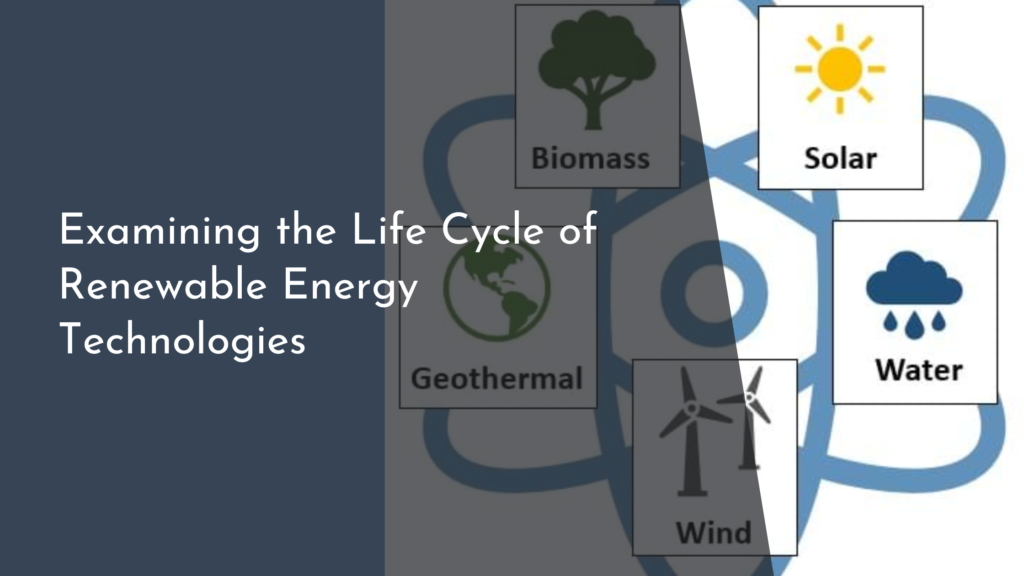Urban Design for Wildlife Migration Paths
As urban areas expand and the demand for housing and infrastructure increases, the preservation of wildlife and their migration paths has become an essential topic in urban planning. With millions of animals relying on these pathways for food, breeding, and survival, the challenge lies in creating cities that not only accommodate human needs but also support wildlife movement. This article explores the significance of wildlife migration paths and how urban design can foster a harmonious relationship between urban growth and animal mobility.
Understanding the Importance of Wildlife Migration Paths
Wildlife migration paths are critical corridors that enable animals to travel between habitats in search of resources, mates, and suitable nesting locations. These migration routes are especially important for species that are vulnerable to habitat fragmentation due to urbanization, as they ensure genetic diversity and the long-term survival of populations. Moreover, healthy wildlife populations contribute to ecological balance, pest control, and other essential ecosystem services that benefit urban communities.
Preserving wildlife migration paths also plays a significant role in climate adaptation. As the climate changes, many species are moving in search of more suitable habitats. Urban areas that maintain and protect these migration routes can help facilitate the movement of species adapting to changing conditions. By recognizing the importance of these pathways, cities can contribute to the conservation of biodiversity, which ultimately enriches the urban environment for all its inhabitants.
How Urban Design Can Support Animal Movement
Urban design can significantly impact the ability of wildlife to navigate through cities. Thoughtful planning can create opportunities for animals to traverse urban areas safely. For example, creating overpasses or underpasses specifically designed for wildlife allows animals to cross busy roads without the risk of vehicular collision. Additionally, incorporating green spaces such as parks, green roofs, and urban forests can provide critical habitats and natural corridors within the urban landscape.
Furthermore, the integration of native vegetation in urban landscaping can enhance connectivity between fragmented habitats. By strategically planting native flora, cities can create a more inviting environment for local wildlife, making it easier for them to move through urban areas. The collaboration between urban planners, ecologists, and the community is essential to ensure that these designs not only meet human needs but also foster wildlife-friendly environments.
Creative Solutions: Integrating Nature in City Planning
Innovative solutions that prioritize both urban development and wildlife connectivity are emerging in cities across the globe. One creative approach is the implementation of "wildlife bridges" that connect habitats separated by urban infrastructure. These bridges are designed to mimic natural environments, allowing animals to move seamlessly across urban landscapes. Additionally, cities are experimenting with "wildlife corridors," which are strategically planned pathways that link various wildlife habitats, ensuring safe passage for animals.
Urban planners are also leveraging technology to create more dynamic environments for wildlife. For instance, using sensors and data analytics can help monitor animal movements and identify critical migration routes, allowing for responsive changes in urban design. By reimagining traditional city layouts and incorporating nature into urban planning, cities can become places where humans and wildlife coexist in harmony, enriching the lives of both.
Success Stories: Cities Thriving with Wildlife Friendly Designs
Several cities around the world have successfully integrated wildlife-friendly designs into their urban planning, showcasing how thoughtful design can benefit both nature and urban communities. In Banff, Canada, wildlife corridors and underpasses were built to ensure safe crossing for animals like elk and bears. The result has been a significant reduction in wildlife-vehicle collisions and increased public awareness about the importance of wildlife in urban settings.
Similarly, in The Netherlands, the "Ecological Network" initiative has transformed urban areas into vibrant ecosystems. Through the creation of green corridors, parks, and wildlife crossings, cities like Amsterdam have become models for integrating biodiversity into urban life. These success stories not only inspire other cities to adopt similar strategies but also demonstrate that wildlife-friendly urban design is not only possible but can lead to thriving urban ecosystems that benefit all inhabitants.
As we continue to face the challenges of urbanization, the importance of designing cities that accommodate wildlife migration paths cannot be overstated. By embracing innovative solutions and prioritizing the integration of nature in urban planning, we can create spaces where both human and wildlife thrive. The future of urban living can be one of coexistence, where cities become havens for biodiversity, offering both residents and wildlife a vibrant, interconnected environment.

